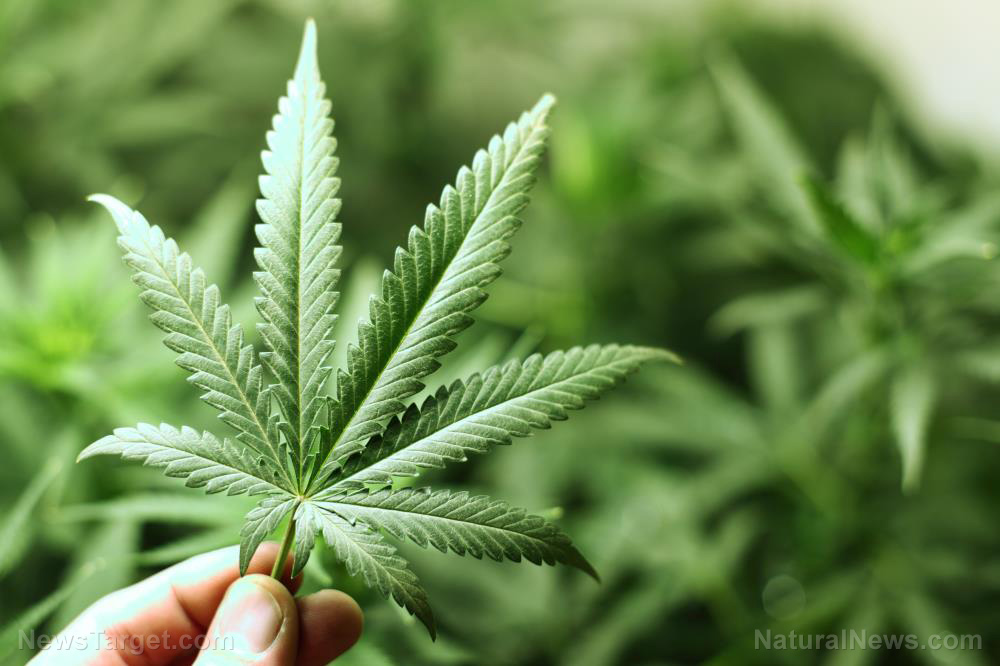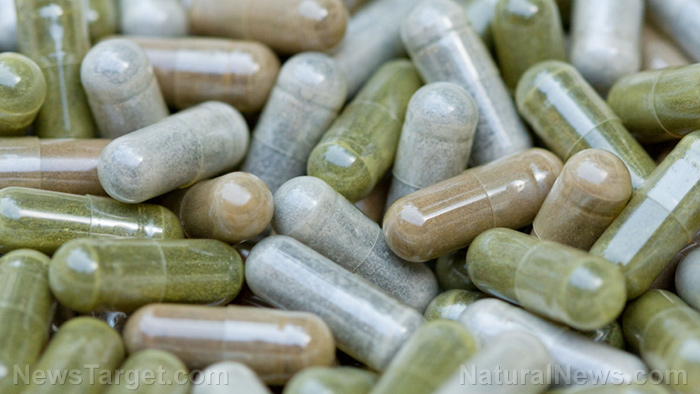A traditional Malaysian medicine can help diabetics manage their blood sugar levels
09/07/2018 / By Ralph Flores

Research published in the journal BMC Complementary and Alternative Medicine suggests that a medicinal plant in Malaysia called the mempelas paya could be used to manage symptoms of diabetes. The study, led by scientists from the International Islamic University Malaysia, looked at traditional claims of the plant to have anti-diabetic properties and evaluated its efficacy.
“Presently, scientists have become more fascinated towards ethnomedicinal plants around the world and a numerous biological studies are currently undergoing in regard to discover safe and effective antidiabetic agents from natural sources,” the authors wrote in their paper. “In this regard, Tetracera indica (Houtt. Ex Christm. & Panz.) Merr. (Dilleniaceae) [or the mempelas paya] is one of the Malaysian medicinal plants to address this issue effectively.”
For the study, researchers used the plant’s ethanol extract, subfractions, and isolated compounds. These were subjected to an MTT assay to determine whether it was toxic to cells, particularly on 3T3-L1 pre-adipocytes. After the test, researchers investigated the cells in vitro and examined its anti-diabetes properties using insulin-like and insulin-sensitizing actions. These were also compared to rosiglitazone, a drug typically used in diabetes treatments. Plant derivatives were also tested to determine the safest concentrations of each, and subfractions were isolated further and tested for its physicochemical components.
From the tests, researchers identified four monoflavonoids from the stem extract of the plant: in particular, wogonin, norwogonin, quercetin, and techtochrysin. Of the four, wogonin, norwogonin, and techtochrysin exhibited adipogenesis, a process where certain cells called pre-adipocytes develop and become mature adipocytes in the presence of insulin. These results, according to researchers, matched the effects of rosiglitazone, which was used for benchmarking. In addition, wogonin and norwogonin also displayed significant glucose uptake activity.
“Our study suggests antidiabetic potential of the isolated compounds of T. indica in terms of insulin-like and insulin-sensitizing effects,” the researchers concluded. In particular, the study has revealed that the monoflavonoids found in the mempelas paya have anti-diabetic properties, especially in the regulation of insulin. Further studies, they added, should focus on the process behind the anti-diabetic activity of the isolates discovered in the research. (Related: Type 2 diabetes can be avoided with the right kind of diet – do you know which one?)
Other plants that have anti-diabetic properties
If you’re not in Malaysia, don’t fret: According to a study in the Asian Pacific Journal of Tropical Biomedicine, there are at least 800 plants known to possess anti-diabetic properties. In particular, these contain active ingredients such as alkaloids, glycosides, polysaccharides, peptidoglycans, guanidine, steroids, carbohydrates, glycopeptides, and terpenoids that have been studied to have anti-diabetic effects. In particular, certain parts have been found in studies to more effective in managing the condition:
- Aerial parts (or parts which are exposed in the air) – Davana, black-jack, and achiote
- Bark – True cinnamon tree
- Bulb – Onion, garlic
- Flowers – Avaram senna, plantain
- Fruits – Caraway, coriander, Indian gooseberry, common juniper, bitter melon, rough cocklebur
- Leaves – Aloe vera, sugar apple, bilimbi, neem tree, common beet, tea plant, senna alata, false daisy, Tasmanian blue gum, common fig, gurmar, water spinach, mango, myrtle, ironwood, white mulberry, holy basil
- Rhizome (rootstalks) – Sacred lotus
- Roots – Liquorice, pandan
- Seeds – Gum arabic tree, agrimony, lupine, sponge gourd, garden cress, velvet bean, pomegranate
- Stems – Spiny amaranth, yellow vine
- Tubers – Sweet potato
- Whole plant – Himalayan fir, aloe vera, cashew, green chiretta, tabasco pepper, sacred fig
Learn more plants that can cure diabetes by following Herbs.news today.
Sources include:
BMCComplementAlternMed.BioMedCentral.com
Submit a correction >>
Tagged Under:
alternative medicine, anti-diabetes, antioxidants, diabetes, diabetes treatments, herbal medicine, Malaysia, monoflavonoids, natural cures, natural medicine, natural remedies, Tetracera indica Merr.
This article may contain statements that reflect the opinion of the author
RECENT NEWS & ARTICLES
COPYRIGHT © 2017 NATURAL CURES NEWS





















